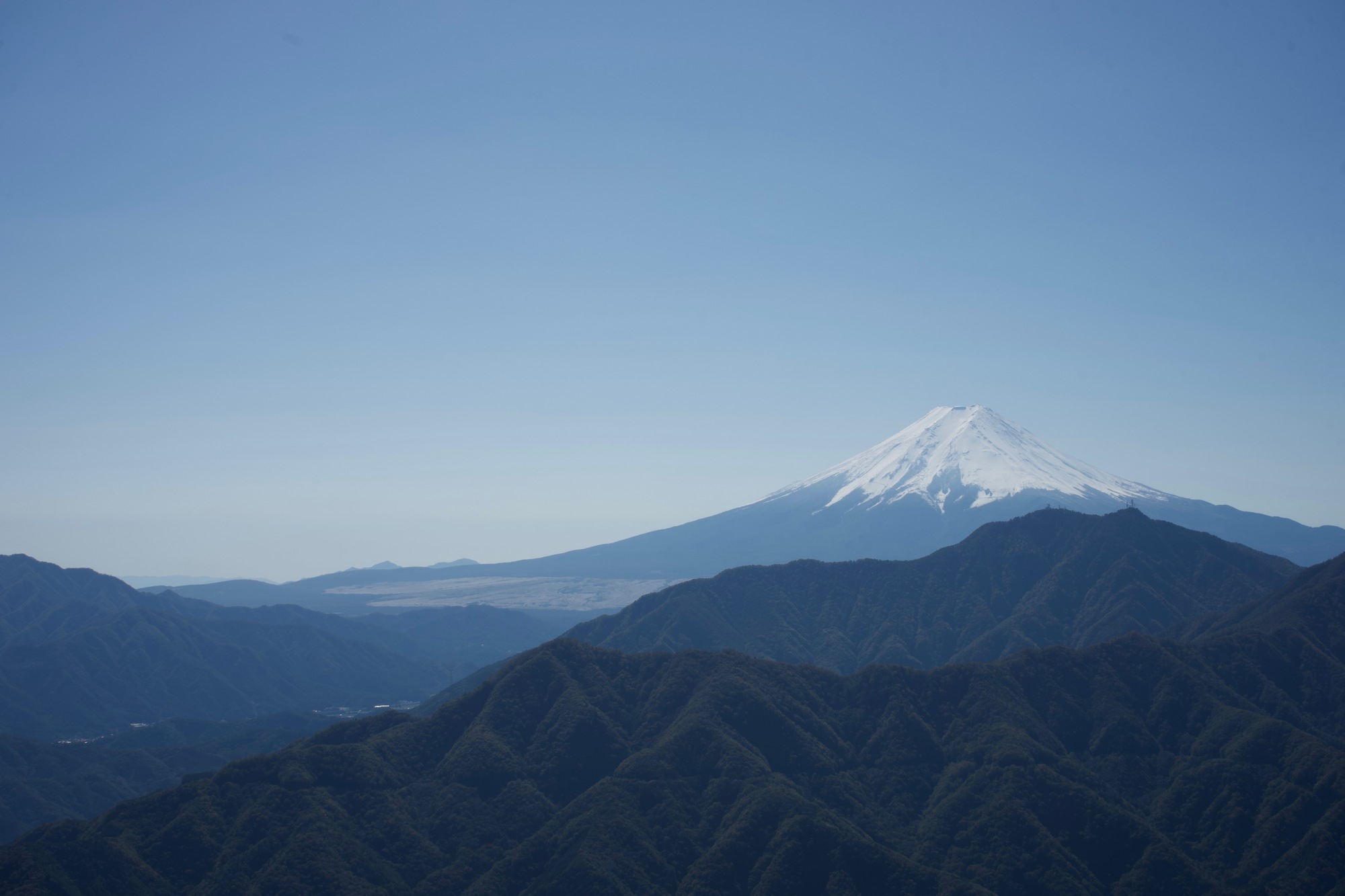In a country that's roughly 75 percent 山地 (sanchi, mountain country), it's no surprise that activities such as ハイキング (haikingu, hiking), トレッキング (torekkingu, trekking) and 登山 (tozan, mountain climbing) are popular.
In 1964, alpinist Kyuya Fukada compiled the "日本百名山" ("Nihon Hyakumeizan"), a list of his 100 favorite mountains in Japan, and it has become something of a hiker's bucket list. As a hiking enthusiast myself, I enjoy the trek up 宝満山, (Hōmanzan, Mount Homan) in Fukuoka Prefecture, but the crown jewel of Japan's mountains has to be 富士山 (Fujisan, Mount Fuji). This month sees the 山開き (yamabiraki, start of mountain climbing season) on the 3,776-meter peak, which welcomes an average of 300,000 climbers each year.
Before going out on any hike, you'll want to check the 山の天気 (yama no tenki, mountain forecast) on websites such as Tenki to Kurasu or Yamaten, which provide detailed information on mountains, highland areas known as 高原 (kōgen, plateaus) and 峠 (tōge, mountain passes).



















With your current subscription plan you can comment on stories. However, before writing your first comment, please create a display name in the Profile section of your subscriber account page.